by Specialdocs Consultants, LLC | Jul 7, 2020 | Medical Tests, Patient News
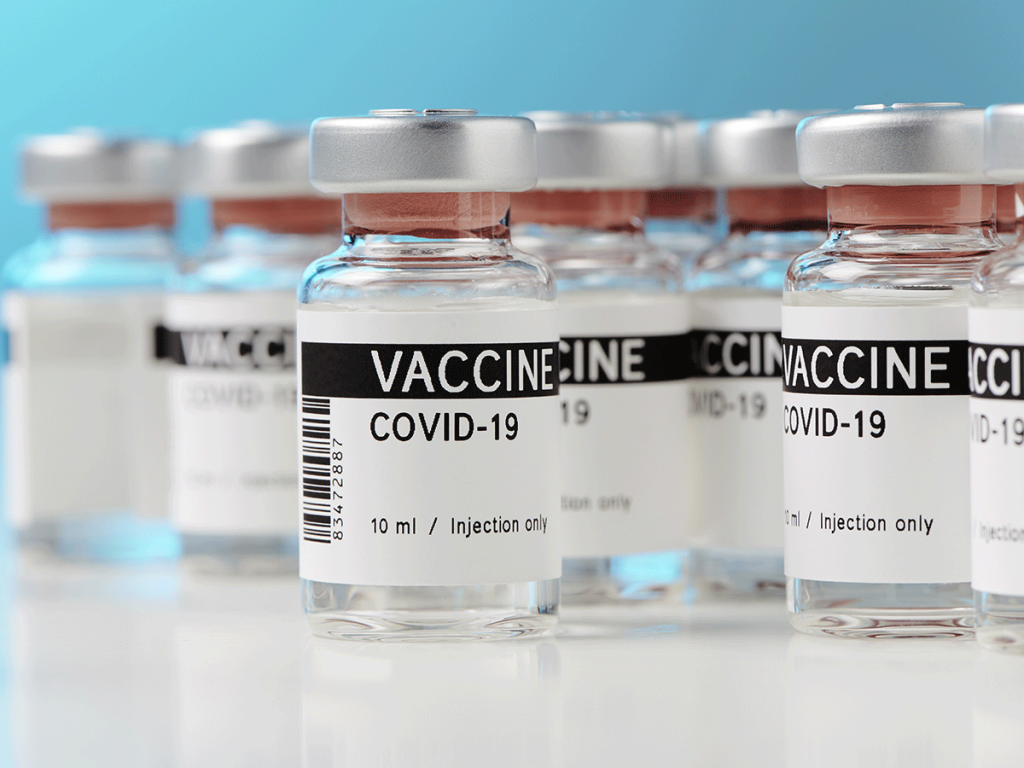
Expert Calls for Slow & Steady Approach in Vaccine Development
While the race to develop a coronavirus vaccine may seem as if it’s being run in slow motion, with most experts predicting a 2021 launch at earliest, by historical standards it’s unfolding with incredible swiftness. Looking back at timelines for other vaccines, it becomes evident that there are numerous reasons for a slow and steady approach, according to Michael Kinch, director of Washington University’s Centers for Research Innovation in Biotechnology and Drug Discovery. Kinch, who authored the authoritative book, Between Hope and Fear: A History of Vaccines and Human Immunity, cautions that vaccine development is a long, complex process requiring gathering of laboratory and real-world evidence and extensive evaluation.
“Testing for safety and efficacy requires considerable time, even with improved technology. We need to get this absolutely right, because if we panic and rush, there may be a price to be paid in terms of toxicity,” explains Kinch. “For example, in 1976, fear of a swine flu epidemic led to rapid development of a vaccine which caused Guillain-Barre syndrome [a paralyzing neurological disorder] in a small percentage of patients. That doesn’t normally happen if you take the time to check at each step.”
Lessons Learned from Past Vaccine Development
A salient lesson can be learned by going further back to the polio vaccine of the 1950s, according to Kinch. Long heralded as one of the 20th century’s landmark immunizations, it nevertheless encountered a problem when initially released. In a situation eerily similar to today’s coronavirus pandemic, the poliovirus’s paralyzing and often deadly effects were terrifying the nation, and the threat of prolonged quarantines as the only real mode of prevention had people desperate for a solution. In 1952, Dr. Jonas Salk began his clinical investigation of a polio vaccine, and the development and distribution schedule was significantly expedited to allow for release in 1955. Unfortunately, in the rush to launch, improper manufacturing of some of the early batches led to unnecessary outcomes.
The logistical challenges of rolling out a coronavirus vaccine will be significant, predicts Kinch.
“We need to manufacture enough of the vaccine to immunize 350 million Americans, but this will also require 350 million vials, syringes, stoppers and any other parts yet to be determined,” says Kinch. “This is fundamental to success, but we’re not fully looking it in the eye. And extending it to a world population of 7.5 billion makes it even more essential to address now.”
The stakes are enormous, as Kinch believes a successful coronavirus vaccine may have the power to change medicine for a generation.
“We’re going to rethink our approach just as we did with other epidemics which defined the 20th century from a scientific standpoint. Smallpox led to awareness of the importance of sanitation, and the vaccine which was developed eliminated the disease worldwide. Spanish flu gave us the structure of DNA and the foundations of biotechnology, and HIV-AIDS led us to focus on evidence-based science and government-sponsored clinical trials,” he says.
What can be learned through development of a safe, effective and scalable vaccine for the novel coronavirus may well parallel these important breakthroughs. As Kinch recently wrote: “Vaccines come with serious medical, social and political implications. If we anticipate and address them accordingly, the coming months and perhaps years could be among the finest hours for the United States and its people.”

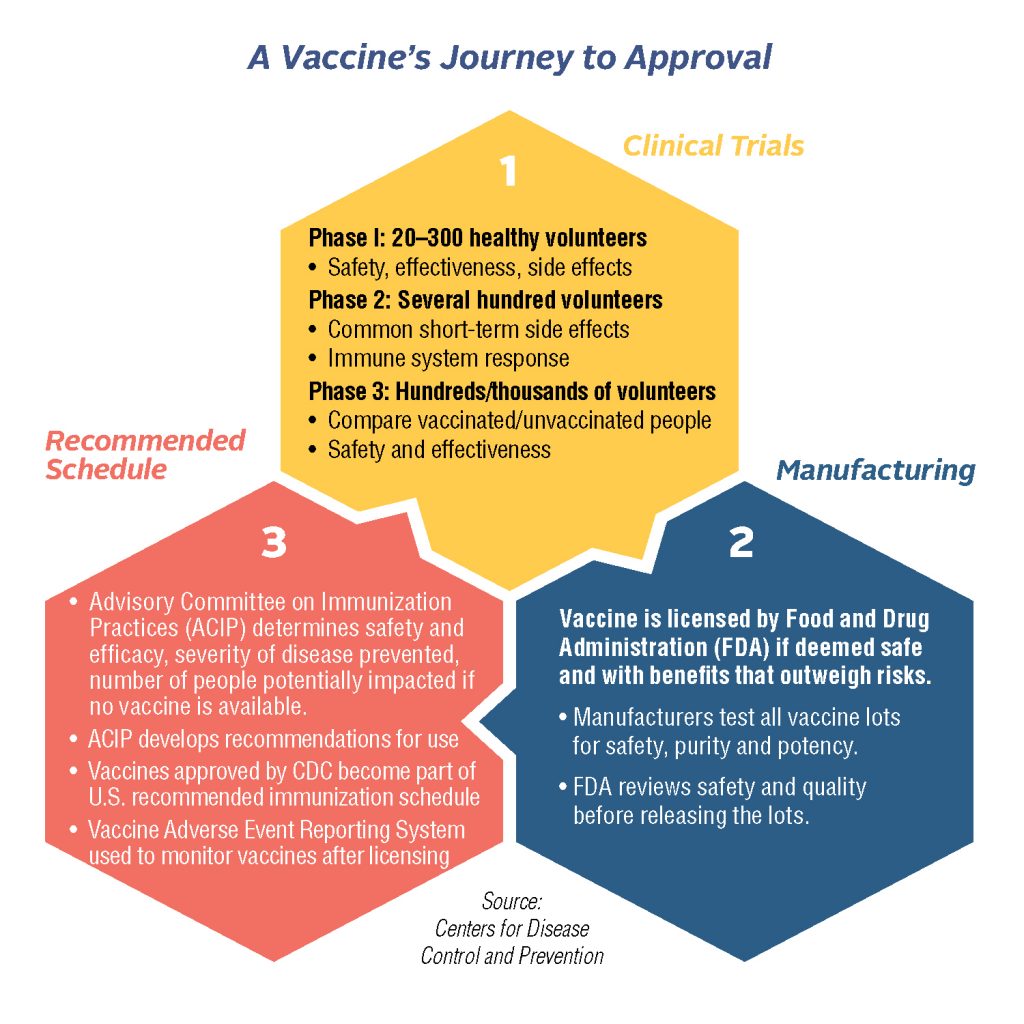
The post Coronavirus Vaccine: Expert Says, ‘We Need Time to Get This Right’ appeared first on Specialdocs Consultants.
by Specialdocs Consultants, LLC | Jul 7, 2020 | Nutrition, Patient News
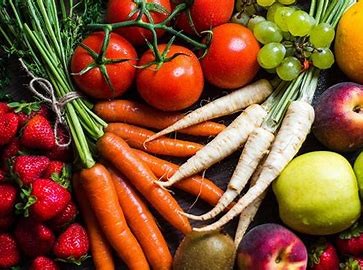
Food for Thought: Nourishing the Immune System
As football coaches and nutritionists know, the best offense is a good defense. In the fight against COVID-19, the promise of boosting the immune system with specific ‘superfoods’ is an enticing one. However, registered dietitian Linda Gigliotti, who is a fellow of the Academy of Nutrition and Dietetics and has been in practice for more than three decades, cautions that the concept is somewhat misleading. Here is what you should consider regarding superfoods and your immune system.
Balance Leads to Immune System Harmony
She explains, “We may wish there were specific foods that could make us less susceptible to illness by building up our immune system, but it doesn’t work that way. The immune system is not a single entity, and requires harmony and balance between its different components to function well.”
According to experts, although the body continually generates immune cells, with extra ones dying off in a process called apoptosis, scientists don’t yet know how many cells are needed for optimal functioning of the immune system or what the best mix of cells may be. A better approach, according to Gigliotti, is using a mix of foods that are the building blocks of a nutritionally balanced diet (e.g., the Mediterranean diet) to support or protect the immune system, not boost it.
Foods to Support & Protect the Immune System
“There’s no one ‘superfood’ or category that should be singled out to the exclusion of others,” says Gigliotti. “The typical American diet can certainly benefit from more of an emphasis on fruits and vegetables, but eat the whole rainbow of colors – red peppers, yellow corn, orange carrots, green broccoli, brown mushrooms. Chickpeas, often touted as a superfood, are excellent, but so are other legumes, such as kidney and pinto beans. Be sure to include a variety of probiotic-rich and fiber-packed foods to promote healthy gut bacteria, which also enhances your ability to maintain health and resist disease.”
Immune System of Older Adults
For older adults the picture may be a little hazier, due to “micronutrient malnutrition,” a deficiency in essential vitamins and trace minerals obtained from the diet, which is frequently seen in seniors even in affluent countries. According to Harvard Health, some lab studies have linked deficiencies in zinc; selenium; iron; folic acid; and vitamins A, B, C and D to an altered immune response in animals.
Can Vitamin Megadoses boost your Immune System?
However, it’s important to know that megadoses of vitamins and minerals are not recommended as a preventive measure for anyone. For example, studies over the years show that vitamin C supplements do not appear to lessen the possibility of getting a cold, although they may help recover from one faster and lessen the symptoms. Taking extra-large doses is not advised, because vitamin C is water soluble and excess amounts aren’t stored in the body, but excreted. The optimal way to naturally absorb vitamin C and other vitamins is by eating a variety of fruits and vegetables. If you are concerned that you may not be getting sufficient micronutrients in your diet, you may want to consider a multi-vitamin.
Flu Season and your Immune System
How can you best support your immune system as the new flu season waits in the wings? Focus on healthy lifestyle habits, advises Gigliotti, including a balanced diet rich in fruits, vegetables, high-protein foods and whole grains; adequate sleep; regular exercise; no smoking or vaping; and managing anxiety.
And … keep washing your hands!
The post Superfoods and Your Immune System appeared first on Specialdocs Consultants.
by Specialdocs Consultants, LLC | Jul 7, 2020 | Patient News, Wellness
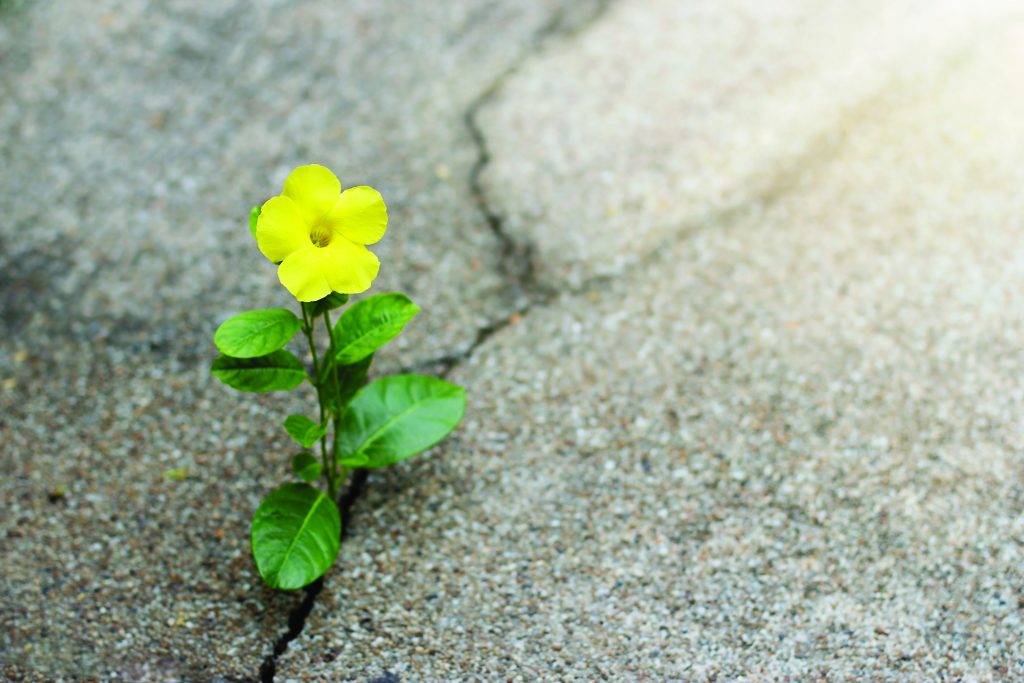
How to Adjust, Adapt and Embrace the New Normal
As we emerge cautiously from the safety of home into a world that seems comfortingly familiar yet irrefutably altered, a swirl of conflicting emotions is certain to be triggered. Relief and thankfulness may mingle uneasily with fear, anxiety and uncertainty, making it difficult to cope at times. Concierge psychologist Dr. Rebecca Johnson Osei, MA, PsyD, ABPP, shares her thoughtful perspective on navigating uncertain times with hope and optimism.
Q: What are some of the short- and long-term effects of the COVID-19 crisis on our mental health?
Dr. Johnson Osei: We’re seeing increases in anxiety and depression. Loneliness has also been a concern, due to social distancing, especially for older populations who may be more isolated from family and friends. Some are feeling grief, particularly those who weren’t able to say goodbye to a loved one, and survivor’s guilt, a common reaction to traumatic events. And most of us keenly miss the sense of control over our daily lives.
Q: How can we best manage these feelings?
Dr. Johnson Osei: Most importantly, allow yourself to experience all these emotions without guilt or judgment. They’re simply part of being human. While much of what we’re feeling may be remedied with time, be mindful and address your feelings now so they don’t become long-term issues. Also realize that you can regain control of your narrative by “reframing” your decisions. For example, instead of feeling forced to stay inside, frame it as a decision you made to protect your family. It changes your mindset when you realize that, ultimately, your behavior is your choice.
Q: Are there positive behaviors you’re seeing as a result of people learning to cope with unprecedented circumstances?
Dr. Johnson Osei: A number of really significant ones. People are gaining a renewed appreciation for the people and things they love. One-on-one time and simple human touch are valued so much more now. I imagine when friends and families reunite, there will be some really great long hugs! Being more aware of our mortality is also helping people cherish life, realizing it truly is a gift that can disappear in a second.
Being solitary and alone with our thoughts is a struggle for some, but it’s emotionally healthy to be able to entertain yourself and meet your own needs. For most Americans, coping with the discomfort of not being able to do what they want, when they want to do it, is a tough lesson, but it’s a good one to learn.
The need to connect has driven a much greater acceptance of technology than existed just a few months ago. There’s a growing willingness to think outside the box for new, ingenious ways to stay connected, and I believe this will carry on in our society well beyond the current crisis.
Q: What lessons learned from previous world crises can help guide us?
Dr. Johnson Osei: Think about how 9/11 fundamentally changed the way we travel. At first, it seemed untenable – the security lines were long and slow-moving, no one had the right size toiletries. It all feels completely normal now, and we know how to navigate the lines, pack our toiletries correctly, and wear shoes that slip on and off easily. Humans are incredibly resilient, and it’s why we’ve survived as a species. We don’t know what the new normal will look like, nor can we predict if this will go on for months or maybe years. But we do know we will adapt, and it will get easier.
Q: Any recommended strategies as we move to the next phase?
Dr. Johnson Osei: Go at the pace that’s right for you as an individual, even if it may not align with your city or state’s approach. Just because you can do something doesn’t mean you should. Be an outlier if wearing a mask or working from home makes you feel more comfortable.
Finally, it’s so important to remember: Life may be different, but this is not the end of the world we knew – it’s literally a new beginning.
The post Navigating Uncertain Times with Hope and Optimism appeared first on Specialdocs Consultants.
by Ivan | Jun 1, 2020 | Medical Tests, Patient News
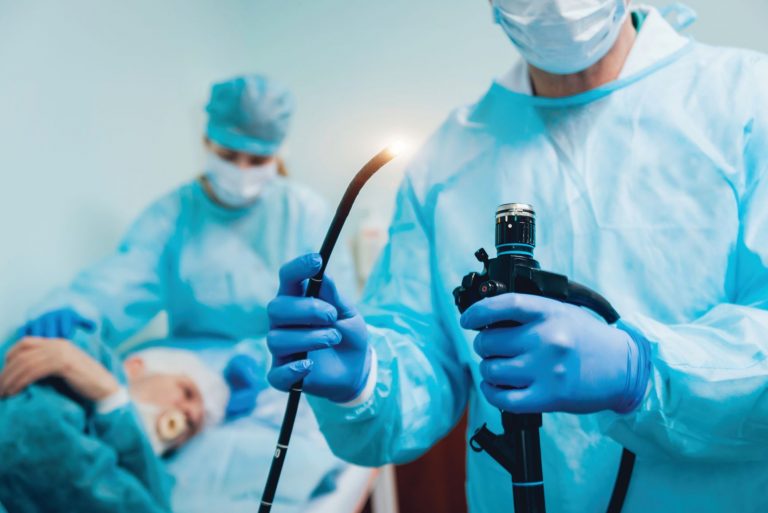
Colorectal Cancer awareness could save your life.
As one of the country’s most preventable illnesses, with a readily available test that is both diagnostic and therapeutic, why does colorectal cancer (CRC) stubbornly remain the second-leading cause of cancer-related deaths in the US? The key to reducing deaths is in the colonoscopy, a direct visualization test of the entire colon that enables a physician who specializes in gastroenterology to screen for abnormal growths (polyps) and remove them before they turn cancerous. Fighting the colonoscopy fear factor through knowledge is critical.
Don’t let colonoscopy prep scare you away. Fighting the Colonoscopy Fear Factor is important to your health
For many people, the rigorous prep required to thoroughly clean out the colon the night before the test has overshadowed the colonoscopy’s lifesaving impact, resulting in a third of adults 50 or older, the group most at risk of developing colorectal cancer, to not be screened. The colonoscopy reputation deserves a major turnaround, because in 2020 the colonoscopy experience is highly manageable, with more palatable prep options, a pain-free procedure and swift reporting of results … so there’s no need to dread your colonoscopy or anxiously avoid a 10-year follow-up. You can fight the colonoscopy fear factor.
Previous prep involved drinking up to 128 ounces of salty-tasting fluid over a short time, but several new colon cleansing preparations are now available that require less fluid, according to Mayo Clinic. Products such as Prepopik, Suprep and Plenvu can be mixed with a liquid of choice, and some patients might be offered a nonprescription prep of polyethylene glycol (such as MiraLAX) followed by an electrolyte-containing drink (such as Gatorade) – but note that these lower-volume prep solutions may not be appropriate for people with heart, kidney or liver disease. If higher-volume fluid solutions are needed, a split dose makes it easier and more tolerable, with half of the laxative taken in one sitting and the other half on the morning of the procedure. Even newer possibilities are on the horizon: Keep an eye out for an edible colonoscopy prep kit that incorporates active laxative ingredients into better-tasting food bars and drinks, with final phase of trials scheduled in mid-2020.
Whatever type of solution you choose, adjust your diet a few days before your colonoscopy to include smaller portions and low-fiber foods to ensure a smoother prep. On the day before your procedure, when you’ll be on a liquid diet, treat yourself to good-tasting items like organic low-sodium broth, white grape juice, flavored sparkling waters and full-bodied coffee (without creamer). Make the prep solution more palatable by refrigerating and drinking it chilled; suck on a lemon wedge or chew a piece of gum between glasses to help mask the flavor. When the solution starts to work emptying your bowels, be prepared for your time in the bathroom with wet wipes or double ply toilet paper, a fully charged phone, and some light reading.
During the 30- to 60-minute procedure, most people will be given a mild sedative drug or an anesthetic to put them in a “twilight” sleep, while a few will require general anesthesia. A thin, flexible, lighted tube is inserted into the colon, and air, CO2, sterilized water or saline is gently pumped in to inflate the colon and allow the entire lining to be viewed. Polyps are removed if present, and biopsies are taken of any abnormal areas. After the test, you’ll recover from the sedative for about an hour before you go home and consider this mission accomplished.
Still feeling uneasy about a colonoscopy?
Noninvasive, stool-based screening tests may offer an alternative if you’re considered at average risk – that is, no family or personal history of CRC, no previous polyps, no long-standing inflammatory bowel disease or the presence of certain genetic syndromes. The most well-known is FDA-approved Cologuard, which detects DNA markers for cancer and uses fecal immunochemical testing (FIT) to find blood in the stool, with less reliable results: 92% accuracy for cancer and only 69% for advanced colon polyps, plus a 13% rate of false positives. Other options include a “virtual colonoscopy” that uses CT imaging for a detailed view of the inside of the colon and rectum or a flexible sigmoidoscopy to view the lower part of the colon, which requires the colon prep described above. However, a positive result on any of these tests will result in the need for a colonoscopy, which remains the gold standard for colon cancer testing as the most accurate way to find and remove polyps and determine the right follow-up intervals.
Under 50: Are Screenings Necessary?
For people with a family history of genetic conditions that put them at increased risk, screenings may be recommended at a younger age. Additionally, in 2018, a controversial decision was made by the American Cancer Society to lower its threshold to age 45, in response to a steady rise in the cancer’s prevalence each year since the mid-1990s among ages 20 to 54. A new 2020 study appeared to provide more evidence, showing a 46% spike in colorectal cancer incidence between ages 49 and 50 – attributed to cancer that had gone undetected in younger patients until routine screening at age 50.
Research is in progress to resolve the conflicting guidelines, but current best practices* keep 50 as the age to begin colorectal cancer screening for average-risk adults; with FIT or guaiac-based fecal occult blood testing every two years or a colonoscopy every 10 years; and no testing after age 75.
Did You Know?
More than 15 million colonoscopies are performed in the United States annually. Speaking with your doctor and being armed with the right information can make fighting the colonoscopy fear factor a little easier.
Recommendation:
We recommend all adults over the age of 40, with anemia, have a gastroenterology evaluation including colonoscopy. Please call our office for more information.
*American College of Physicians
The post Fighting the Colonoscopy Fear Factor appeared first on Specialdocs Consultants.
by Ivan | May 1, 2020 | Nutrition, Patient News
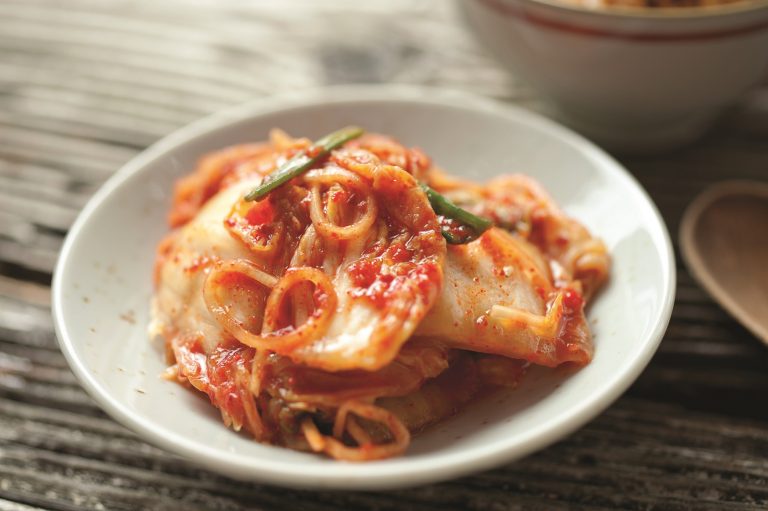

Nutrition Health Spotlight: Kombucha, Kimchi and More
Researchers continue to examine the trillions of bacterial species residing in our gut microbiome to better understand their potential to help maintain health and prevent disease. Some of the most studied are probiotics, microorganisms found in yogurt and other fermented items. Probiotic foods are much in demand as a tasty, trendy way to improve “good” bacteria and enhance digestive health…but can they? We’ll find out in this Nutrition Health Spotlight.
The landscape is a confusing one, spawning a multimillion-dollar industry of probiotic-rich foods and supplements and a growing fascination with fermentation. But keep these facts in mind: No health claims for probiotics have yet been approved by the Food and Drug Administration, and, overall, data is still emerging regarding the potential health benefits of fermented foods. We checked in with Robert Hutkins, Ph.D., professor of food science at the University of Nebraska, who literally wrote the book on the topic with the second edition of Microbiology and Technology of Fermented Foods.
Q: What sparked the newfound popularity of centuries-old fermented foods?
A: When I wrote the first edition of the textbook in the early 2000s, fermentation was considered an old science with not much new to be learned. But a perfect storm occurred in the last 10 years, with rising interest in nutrition and health; artisanal, organic and ethnic foods; and bold, unique flavors. All are found in fermented foods. In addition, advances in genome sciences provided researchers with tools to study relevant microbes and microbial communities in nearly every category.
Q: How are fermented foods made?
A: The traditional way is to rely on the microbes already present in that food, as in sauerkraut or kimchi. The other way is to use a starter culture, a concentrated collection of microbes designed to provide consistent flavor and quality, which is how yogurt, cheeses and yeast breads are made. Ultimately, the microbes feed on the starch and sugars in the food to produce lactic acid or ethanol, which have natural antimicrobial activities to protect from spoilage microbes. Nearly every civilization has at least one fermented food as part of its heritage, such as Japanese natto, Hawaiian poi and the Indian yogurt drink lassi.
Q: Why are fermented foods considered healthier?
A: Many fermented foods are rich in live microorganisms, and yogurt, kefir and other products often contain added probiotic microbes known to support a healthy microbiome. But despite a great deal of information that appears to point toward including fermented foods as part of a good diet, we need more clinical human studies to show specifically how they can improve health.
Q: Do all fermented foods contain probiotics?
A: Although overlap exists, fermented foods don’t always contain probiotics. Only specific live microbes that have been identified as having potential health benefits can be considered probiotics, and there are dozens in foods yet to be studied. Another important distinction is that while fermented foods are always made with microorganisms, when processed by baking, smoking or pasteurization, those live microbes are killed. For example, live cultures are present in sourdough bread, but they don’t survive the baking process; likewise for products that are processed, like canned sauerkraut. Also note there are foods that may seem fermented but are not, such as California olives and most pickles, which are simply put into a brine.
Q: I’d like to try adding some fermented foods to my diet. What would you recommend?
A: You’re likely already familiar with yogurt or plant milks that contain live strains of bacteria. Other fermented foods include kefir (a tangy dairy drink), kimchi (a spicy Korean dish of cabbage, radish and scallions), miso (a Japanese fermented soybean paste used in soups and sauces), kombucha (a sweet tea beverage fermented with a symbiotic colony of bacteria and yeast), and cheddar and most other hard cheeses. Many contain healthy omega-3 fatty acids and B vitamins as well as live microbes.
Note: If you are immune compromised, check with our office first about eating unpasteurized fermented foods, like raw milk cheese or dry fermented sausage.
The post Kombucha, Kimchi and More: Nutrition Spotlight appeared first on Specialdocs Consultants.
The post Kombucha, Kimchi and More appeared first on Specialdocs Consultants.
by Ivan | Apr 1, 2020 | Patient News, Wellness

Unleashed: The Healing Power of Dogs
“Who rescued whom?”
They’re already considered best friends, trusty companions and beloved members of the family. Now add to the dog’s list of accomplishments, heart healer, exercise coach, and mood enhancer, and the answer to the question above, often used by rescue organizations, becomes even more meaningful. There is new a body of research that goes beyond the anecdotal charms of dog ownership to provide some increased evidence around the health benefits of pet therapy.
 The impact on patients with cardiovascular disease (CVD) was initially noted by the American Heart Association in 2013 after an examination of studies reporting beneficial effects of dog ownership, including increased physical activity, favorable lipid profiles, lower systemic blood pressure and stress levels, and improved survival after a heart attack. The AHA’s measured conclusion then was that dog ownership “may be reasonable for reduction in CVD risk,” and further research was recommended.
The impact on patients with cardiovascular disease (CVD) was initially noted by the American Heart Association in 2013 after an examination of studies reporting beneficial effects of dog ownership, including increased physical activity, favorable lipid profiles, lower systemic blood pressure and stress levels, and improved survival after a heart attack. The AHA’s measured conclusion then was that dog ownership “may be reasonable for reduction in CVD risk,” and further research was recommended.
Studies show the dog ownership can have healing powers
Late in 2019, a meta-analysis of studies, including data from 3.8 million patients, further bolstered the concept that dog ownership can play a significant role in reducing CVD risk factors by alleviating social isolation, improving physical activity and lowering blood pressure. According to the study, compared to non-owners, dog owners experienced a 24% reduced risk in all-cause mortality, 31% reduction in mortality due to cardiovascular-related issues and 65% reduced risk of mortality after a heart attack.
The AHA noted that while the non-randomized studies can’t conclusively “prove” that owning a dog leads directly to reduced mortality among heart attack and stroke survivors, “the robust findings are certainly suggestive of this” and set the stage for additional exploration.
“The results were very positive,” affirmed researcher Caroline Kramer, MD. “The next step would be an interventional study to evaluate cardiovascular outcomes after adopting a dog and the social and psychological benefits of dog ownership.”
A dog owner herself, she added, “Adopting Romeo [her miniature Schnauzer] has increased my steps and physical activity each day, and filled my daily routine with joy and unconditional love.”
Pet ownership is a long term commitment
As compelling as the statistics are, researchers emphasize that dog adoption should never be done for the primary purpose of reducing CVD risk. The long-term commitment and lifestyle changes involved in dog ownership must be fully understood and accepted.
Consider these questions:
• Do I have time to care for and clean up after the dog?
• What type of environment does the dog need to thrive?
• How large will the dog get and how much exercise will it need?
• What is the dog’s life span, and can I commit to caring for it throughout its life?
• How much will veterinary care cost?
Animal-assisted therapy
The healing power of dogs extends well beyond the home as their value in helping decrease pain, stress and anxiety and aid recovery in people coping with a range of health problems is increasingly recognized. Therapy dogs provide comfort to nursing home residents, hospice patients, prisoners, children coping with trauma, and veterans suffering from post-traumatic stress disorder (PTSD), among others. The field of animal-assisted therapy is growing rapidly, as seen in the success of Mayo Clinic’s Caring Canines program, now in its 10th year. More than a dozen registered therapy dogs make their daily “rounds” of hospital rooms and clinic waiting areas.
“If someone is struggling with something, dogs know how to sit there and be loving,” researcher Dr. Ann Berger explained in the National Institute of Health News. “Their attention is focused on the person all the time.”
The post Pet Therapy: The Healing Power of Dogs appeared first on Specialdocs Consultants.
The post Pet Therapy: The Healing Power of Dogs appeared first on Specialdocs Consultants.









 The impact on patients with cardiovascular disease (CVD) was initially noted by the American Heart Association in 2013 after an examination of studies reporting beneficial effects of dog ownership, including increased physical activity, favorable lipid profiles, lower systemic blood pressure and stress levels, and improved survival after a heart attack. The AHA’s measured conclusion then was that dog ownership “may be reasonable for reduction in CVD risk,” and further research was recommended.
The impact on patients with cardiovascular disease (CVD) was initially noted by the American Heart Association in 2013 after an examination of studies reporting beneficial effects of dog ownership, including increased physical activity, favorable lipid profiles, lower systemic blood pressure and stress levels, and improved survival after a heart attack. The AHA’s measured conclusion then was that dog ownership “may be reasonable for reduction in CVD risk,” and further research was recommended.
Recent Comments